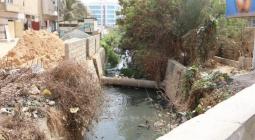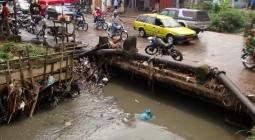Delhi's first new drainage plan for 50 years 'investment in future'
In a major move to mitigate the city's perennial monsoon problems, the Delhi government has finalized a futuristic masterplan for stormwater drainage. The ambitious project, the first significant upgrade since 1976, comes just weeks after record August rains and a World Bank report highlighted the massive financial risks Indian cities face from extreme weather.
Without timely adaptation, Indian cities could face annual losses from pluvial (rainfall-driven) flooding of up to $5 billion by 2030. New Delhi was one of the cities studied, with the report noting that the rapid growth of built-up areas is severely reducing its capacity to absorb stormwater.
In response to that threat, the masterplan factors in an 11% increase in rainfall intensity, according to the Times of India, to cope with the escalating impacts of climate change.
Blending modern engineering with ecological restoration - in line with the World Bank's recommendations - the initiative promotes the rejuvenation of lakes and wetlands to create natural absorption zones. Officials say the project is more than just a technical upgrade: "This is not just a drainage plan; it's an investment in Delhi's future, one that will make the city cleaner, greener, safer and more liveable."
The urgency of such plans is underscored by events in neighbouring Pakistan, where devastating floods this month have swamped major industrial cities like Sialkot and Lahore, causing billions in damages and highlighting the severe cost of overwhelmed urban infrastructure.
Cover photo: Hotter cities mean more heat stress, illness, and health risks from climate change. Image: IPCC/World Economic Forum (IPCC Sixth Assessment Report)



